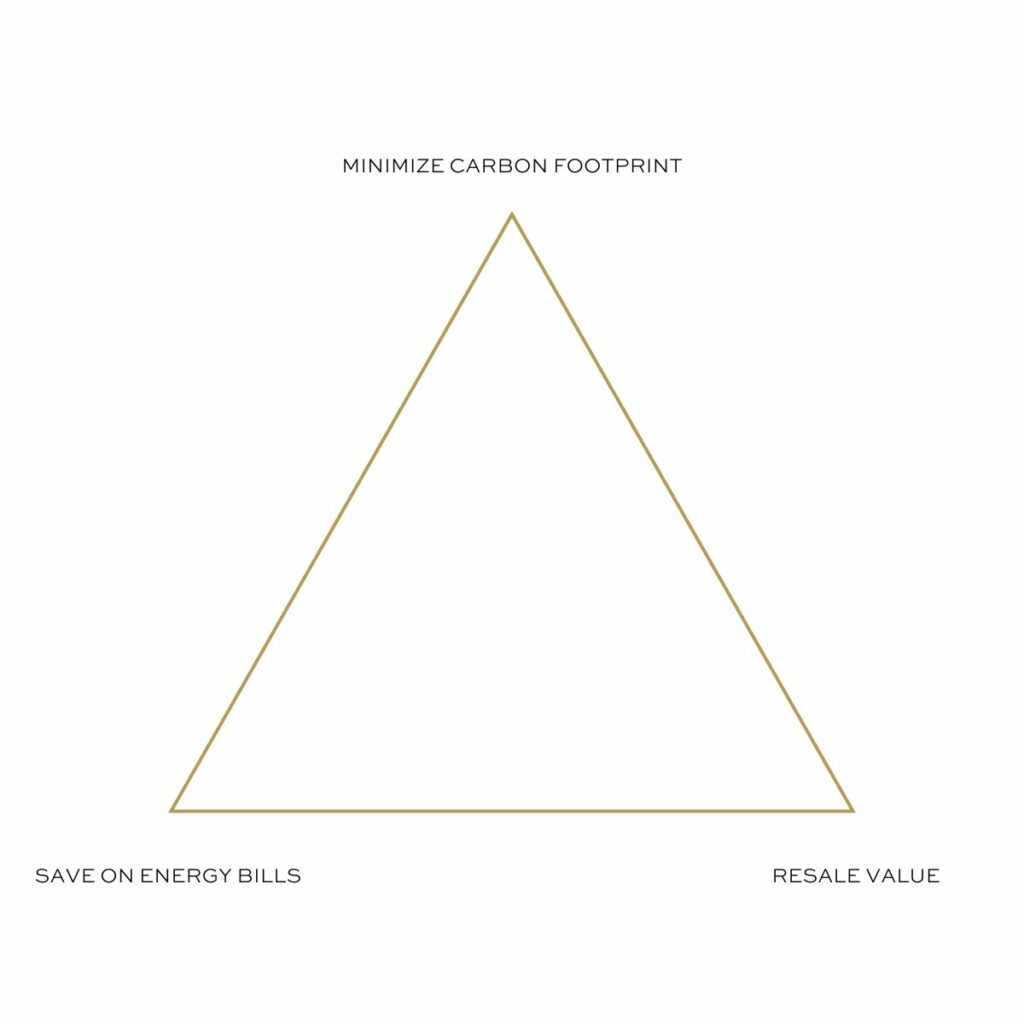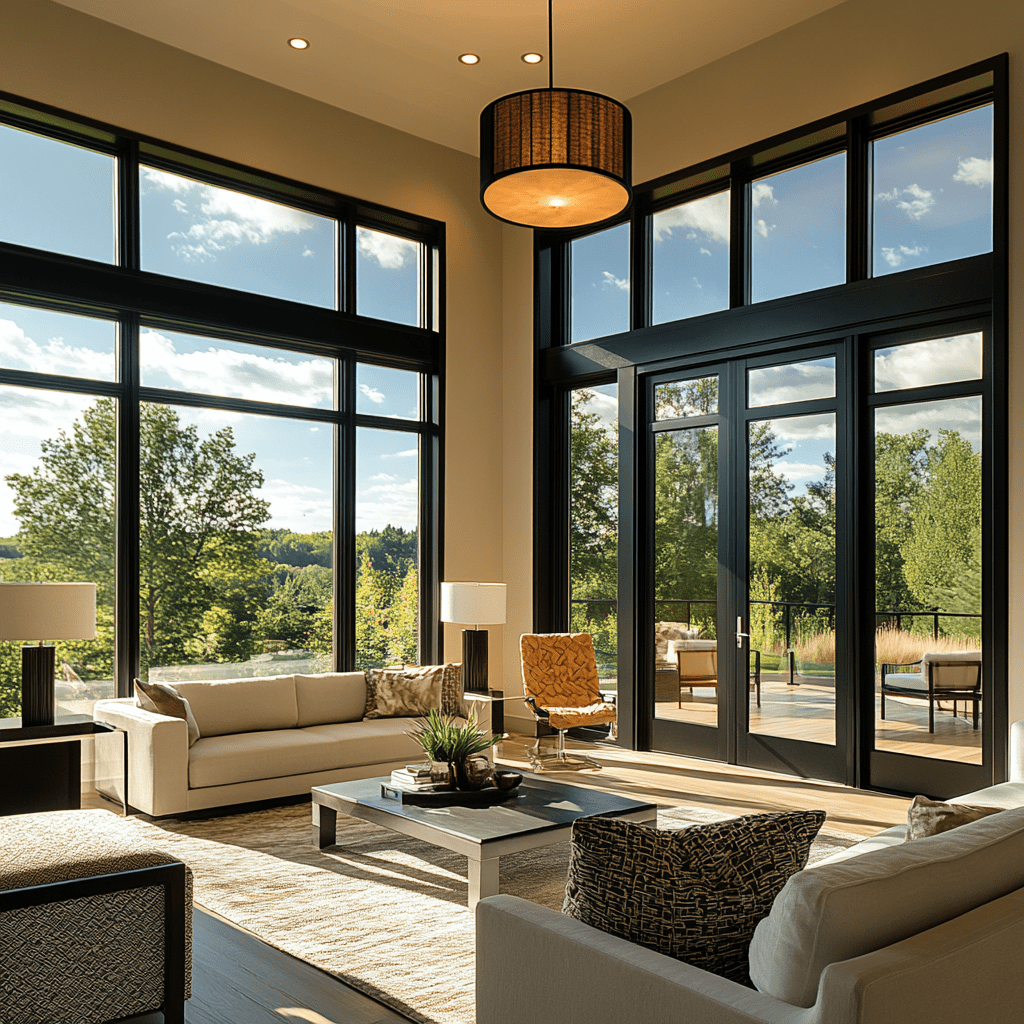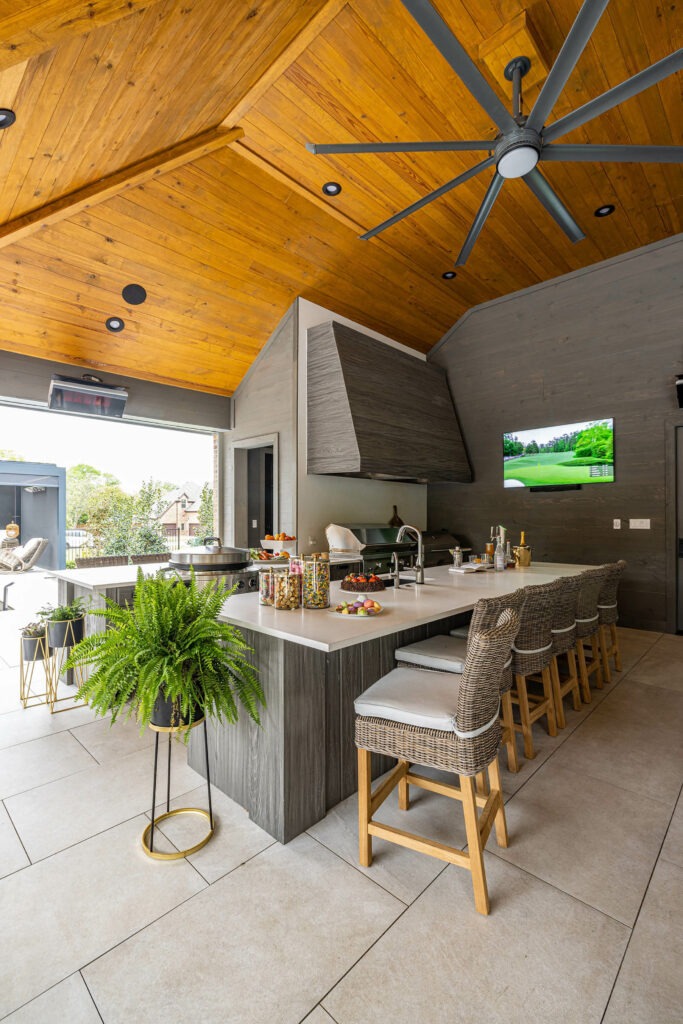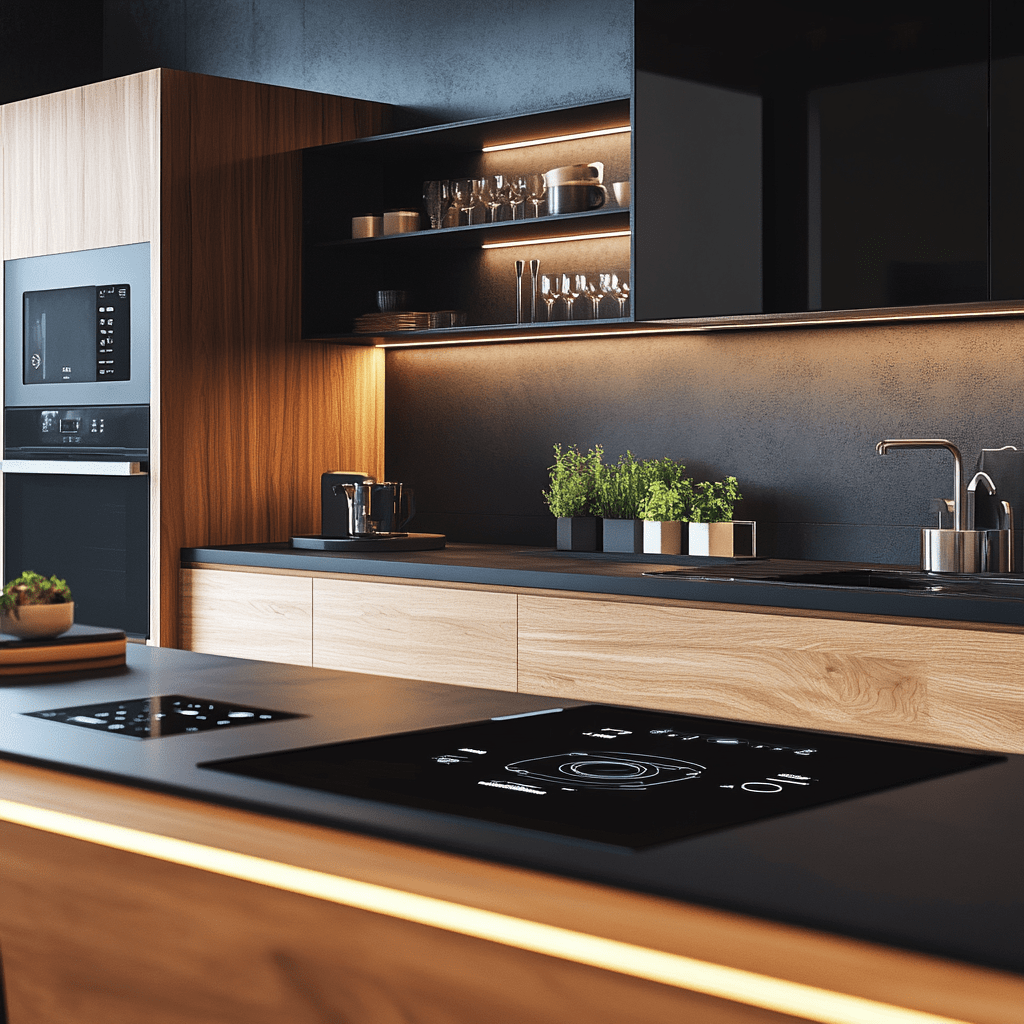Why are homeowners having more conversations about sustainability in renovations these days?
That depends on the homeowner, but there are three main reasons…three principal benefits of sustainability in home design…and every one of us has a priority between them.
Which one of these is the most important to you?
- For some homeowners, the key priority is minimizing their carbon footprint.
- Others see the immediate benefit of lower energy bills as the greatest benefit.
- Still others are looking to sell their homes within 3-5 years and recognize the resale value of sustainable remodel choices.
If you ever thought sustainable home design was only about “going green,” it might be an “ah-ha” moment to learn that many homeowners don’t prioritize that at all. They look to sustainability from different vantage points, like energy savings or market value.
That’s OK, too. Not everyone looking at sustainability has to do it to save the world.

For a full look at how today’s high-end local remodel firms renovate with sustainability in mind, these are the central applications…
Material Selections
The materials you select for your home design can be more sustainable based on:
- The ease of producing that material
- The carbon footprint of transporting it
- Or its durability
Here are key examples of sustainable material selections…
- Recycled or reclaimed materials like reclaimed wood, recycled glass, or salvaged and remelted metal reduces the need for virgin materials and reduces landfill waste.
- Sustainably sourced wood or bamboo-based wood products ensure sourcing from responsibly managed forests.
- Low-emission materials (with low or no volatile organic compounds, or VOCs), like low-VOC paints, finishes, and sealants, improve your indoor air quality and reduce overall harmful emissions.


Water Conservation
Water conservation selections and systems help a home use less water, or collect and recycle rainwater.
For example:
- Low-flow fixtures (faucets, showerheads, and toilets) reduce water usage without sacrificing performance.
- Water-efficient appliances (dishwashers and washing machines, especially) minimize water consumption, too. Newer dishwashers can use up to 70% less water than old models, and washing machines up to 50% less!!
- Rainwater harvesting systems collect rainwater to irrigate gardens or provide water to your home for non-potable uses like flushing toilets.

Energy Efficiency
The benefits of energy-efficient design can be felt INSTANTLY in your energy bill. It’s about more than appliances, too. For example:
- High-performance windows with double or triple glaze energy-efficient coatings maintain your indoor temperatures, which reduces heating and cooling costs all year long.
- LED lighting fixtures use less energy and have a MUCH longer lifespan.
- And, yes, more efficient appliances (with ENERGY STAR certifications) can reduce energy consumption by 15-20% for refrigerators, 25% for washing machines, and 50% for water heaters. That, plus the other energy efficient options in ovens, air conditioners, and more, easily amounts to hundreds and hundreds of dollars of savings a year.

Insulation for Thermal Efficiency
This is where it gets a bit technical…but what you have behind your walls and under your floors is a HUGE part of sustainability. Specifically:
- High-quality insulation with eco-friendly insulation materials (like cellulose, sheep’s wool, or recycled denim) keeps more consistent indoor temperatures while leaving a much smaller impact on the environment in its production and disposal.
- Sealing leaks around windows, doors, and ducts prevents air loss, in some homes saving up to 20% on total energy bills for heating and cooling.
- Radiant heat flooring systems are more efficient than traditional forced-air heating and can even be powered by renewable energy sources like solar.
Indoor Air Quality
You also improve your quality of life and comfort (ESPECIALLY for anyone with breathing issues like asthma) with sustainable decisions in home design, because these choices provide MUCH improved indoor air quality.
That’s done through:
- Properly designed natural ventilation with good airflow and room-to-room, reducing the need for air conditioning and ensuring healthier indoor air.
- Air purification systems that use high-efficiency air filters to remove more pollutants, ensuring that indoor spaces are as healthy as possible.
- Paint and finish selections WITHOUT toxic VOCs.

Renewable Energy Options
This is a topic you’ve probably heard and read a LOT about already. The foremost options in home design right now are:
- Installing solar panels to make homes more self-sufficient. (Solar panels can also be used to power individual systems, like some of the newest whole-home generators.)
- Installing geothermal heating and cooling systems that use the earth’s natural temperature to heat and cool your home.
Durability and Longevity
Choosing more sustainable materials and selections does NOT always mean going for the recycled countertops or the bamboo floors.
It’s also about QUALITY. The higher quality product you choose, the longer it will last. That makes it more sustainable because you’ll have MANY additional years of performance, which reduces the number of times you need to tap into the supply chain, which is where most energy is used and carbon released.
Here’s how durability and longevity are seen in sustainable home renovation decisions…
- Long-lasting materials like stone countertops reduce the need for future replacements.
- Timeless design elements that won’t go out of style with the next turn of the sun reduce the need for future updates, minimizing material waste.
I can’t say this enough…TIMELESS design is more sustainable!!!

Everything in this award-winning indoor-outdoor pool cabana, for example, was chosen due to its durability AND it’s outdoor rating for the elements.
Smart Home Integrations
Technology helps us design and live more sustainably, too. For example:
- Smart thermostats and lighting program the minimal use of energy without sacrificing comfort.
- Occupancy sensors are integrated into homes so that the lights and HVAC can recognize where you are and what you’re doing…and take care of adjusting the air or flipping off the lights for you.
- Voice-activated fixtures like faucets make it easier to shut running water off (for example) when you’re doing multiple things in the kitchen.
- Energy monitoring systems track your energy usage in real time, helping identify even more opportunities to adjust and reduce consumption.

Sustainability: From Green to Luxe
Just a few years ago, sustainable home updates were niche. They were often associated with the image of someone living off-grid in the mountains of Colorado wearing hemp.
Fast forward to today, and these eco-conscious choices have evolved into the standard of luxury living we see now.
That transformation from granola to grandeur is undeniable. Energy-efficient appliances, smart thermostats, and renewable energy systems aren’t only about saving the planet…they’re also about elevating comfort, convenience, and long-term value in high-end design.
Sustainability is also a necessary investment for homes anyone is thinking to sell. The National Association of Realtors reports that homes with energy-efficient features sell for up to 10% more than those without.
…And the future of home sales is tied to these updates in more ways than one. The U.S. Department of Energy said recently that homeowners can save up to 25% on total energy costs by incorporating energy-efficient upgrades, and savvy home buyers know that. These improvements have become the standard in high-end homes. Sustainable design isn’t just responsible—it’s become the ultimate status symbol in the modern luxury home.
Talk to us about your own home renovation, including how to make it sustainable for your maximum Return on Investment AND Return on Enjoyment!!

About the author

Robin Burrill, RID, NCIDQ, ASID, IDS, CAPS, is an award-winning professional kitchen, bath, and interior designer. Robin and her husband, Robert Mathews, have owned Signature Home Services, Inc. for nearly three decades, establishing a superior in-house team with a widespread reputation for delivering meticulous design to their many repeat clients.
In 2022, the national publication, Kitchen and Bath Design News magazine, named Robin to their Top Innovator list in recognition of her achievements in the field of kitchen and bath design. In 2024, she was named one of the Fall 2024 Market Pros and “tastemakers” by ANDMORE at High Point Market. Also in 2024, Fixr identified her as one of the Top Professional Interior Designers for their nationwide audience. Over her extensive career, Robin has been quoted in Architectural Digest and Forbes multiple times; her design work has been featured in top national trade publications; and she has been interviewed for Designers Today magazine’s “Profiles in Design” video series, among others. Widely respected for the depth of her knowledge, Robin is a sought after speaker and judge for many design industry events.
In 2023, Robin designed a bench for Charleston Forge, making her foray into product design. Robin currently serves as a volunteer on the board of the Dallas/Ft. Worth chapter of the Interior Design Society.

